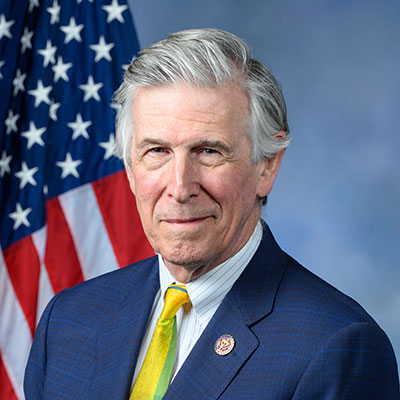Articles
WDVM: National Park Service recommends improving nine GW Parkway intersections
Washington,
April 7, 2021
Tags:
Transportation
Originally Published At WDVM
National Park Service recommends improving nine GW Parkway intersectionsALEXANDRIA, Va. (WDVM) — The National Park Service has released its George Washington Memorial Parkway safety study, which Congressman Don Beyer (D-Va) commissioned to prevent crashes in the corridor. The park service identified nine intersections — between the City of Alexandria and Mount Vernon — where many running-off-the-road and animal crashes occur. It suggests regularly trimming trees and shrubs to control wildlife and increasing manual and automated speed enforcement, which may be increased at certain hours to decrease DUI offenses. Also on the list: installing mumble strips (to keep drivers on the road) and message signs to alert drivers of wildlife. Wildlife isn’t the only thing to look out for on the parkway. The park service also recommends launching a “public awareness education campaign” during springtime to remind drivers to share the road with pedestrians, bicyclists and motorcyclists. One way of sharing the road safely is by improving pedestrian and bicyclist crossings. The parkway’s speed limit varies between 25 and 50 miles per hour. The study found that “the likelihood of [pedestrian or bicyclist] mortality is almost certain when vehicles are traveling over 40 mph.” Intersections at Belle Haven Road and Belle View Boulevard are notorious for pedestrian and bicyclist crashes. Traffic control at Belle Haven Road doesn’t clearly establish right-of-way. Based on crash data collected between 2005 and 2019, most crashes were caused by a failure to yield, “which suggests that there may be a lack of clarity regarding who has the right-of-way,” during peak hours. 25% of crashes at that intersection were severe (injuries and/or fatalities). Many pedestrians and cyclists cross at the Belle View Boulevard intersection, which doesn’t have a crosswalk. The study also found various blind spots that motorists have to contend with. More crashes occurred here than at Belle Haven Road between 2005 and 2019. Most of them were also caused by a failure to yield. 37% were severe, including four hit-and-runs. “The complexity of these intersections would significantly benefit from proposed solutions to bring clarity to rights-of-way and traffic calming,” the study says. |

